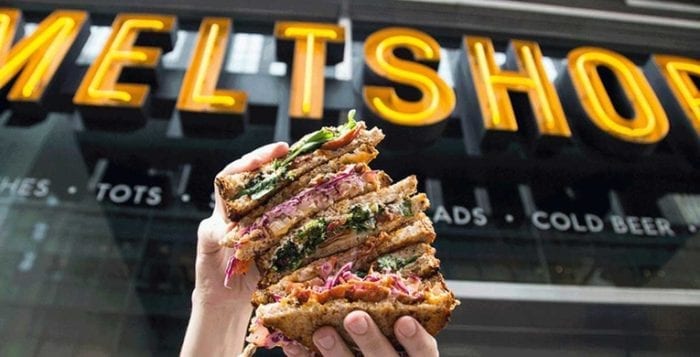By Barbara Beltrami
I think carrots may well be one of the top unsung heroes of the American pantry. Could it be because when we were kids we were admonished to eat our carrots so we could see in the dark? Or because they were accompaniments to the peas that we had to eat or we wouldn’t get dessert? Even cookbooks don’t give much attention to carrots. OK, so they’re not one of those veggies that have come into popularity after prior obscurity. But for me, the carrots are the best part of a pot roast gravy. They’re great with fresh herbs, lemon and butter. Never mind carrot-ginger soup; try cream of carrot soup. And who doesn’t like carrot cake? They’re the golden veggie.
Carrots with Fresh Dill, Lemon and Butter
YIELD: Makes 4 to 6 servings.
INGREDIENTS:
1 pound fresh carrots, trimmed and peeled
Salt and freshly ground white pepper, to taste
½ stick unsalted butter
Freshly squeezed juice of half a small lemon
2 to 3 tablespoons chopped fresh dill
DIRECTIONS:
Cut carrots into half-inch diagonal slices; sprinkle with salt and pepper; steam until tender, but not mushy, about 15 minutes. Melt butter; in small bowl combine with lemon juice and dill. Place carrots in a serving dish and toss with butter mixture. Serve with meat, poultry or fish.
Carrot Cake with Cream Cheese Frosting

YIELD: Makes 10 to 12 servings.
INGREDIENTS:
3 cups flour
3 cups sugar
1 teaspoon salt
1 tablespoon baking soda
2 teaspoons cinnamon
1½ cups vegetable oil
4 large eggs, slightly beaten
11/3 cups chopped walnuts
1½ cups shredded zucchini
2 cups pureed cooked carrots
½ pound softened cream cheese
6 tablespoons softened unsalted butter
3 cups confectioners’ sugar
Dash vanilla extract
Freshly squeezed juice of half a lemon
DIRECTIONS:
For the cake: Preheat oven to 350 F. Line the bottoms of two 9-inch round layer cake pans with waxed paper, then grease with butter. In a large bowl sift dry ingredients; add oil and eggs; beat well; then stir in walnuts, zucchini and carrots. Pour into prepared pans; place on middle rack of oven and bake about half an hour, until cake tester inserted in center comes out clean. Cool completely on wire racks; when cool, transfer to cake plate and frost.
For the frosting: In a medium bowl, cream together the cream cheese and butter; sift in the confectioners’ sugar and beat until thoroughly incorporated and smooth. Stir in vanilla and lemon juice. Spread between layers, on sides and top of cake. Serve with coffee, tea or milk.
Cream of Carrot Soup
YIELD: Makes 4 to 6 servings.
INGREDIENTS:
1 tablespoon unsalted butter
2 tablespoons olive oil
1 medium onion, coarsely chopped
2 cups vegetable broth
2 cups water
1 pound carrots, cleaned and peeled
½ cup half-and-half
Salt and freshly ground pepper to taste
¼ cup chopped flat leaf parsley
DIRECTIONS:
In a large pot melt the butter in the olive oil. Add onion, cover and cook, stirring halfway through, until onion is transparent and soft, about 5 minutes. Add broth, water and carrots, and over high heat bring to a boil. Cover and simmer over low heat until carrots are very tender, about 30 minutes. In bowl of food processor, puree carrots in small batches, if necessary; return them to liquid, stir to combine thoroughly and transfer back to pot; stir in half-and-half and salt and pepper over low heat until mixture is just hot but not boiling; ladle into bowls and garnish with parsley. Serve immediately with a well-chilled sauvignon blanc.

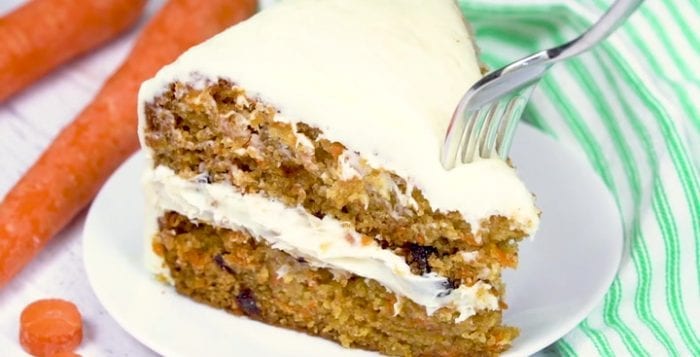
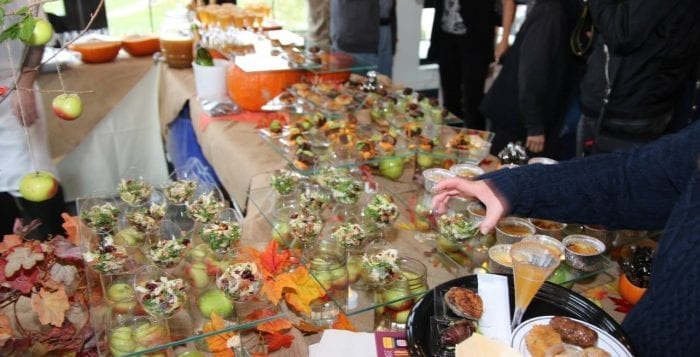
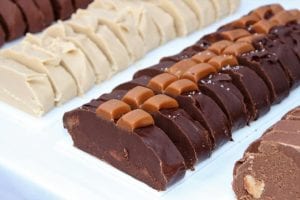



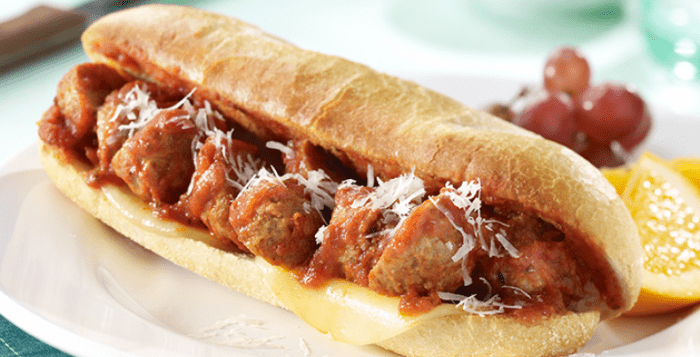
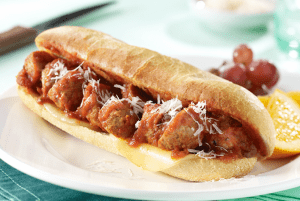

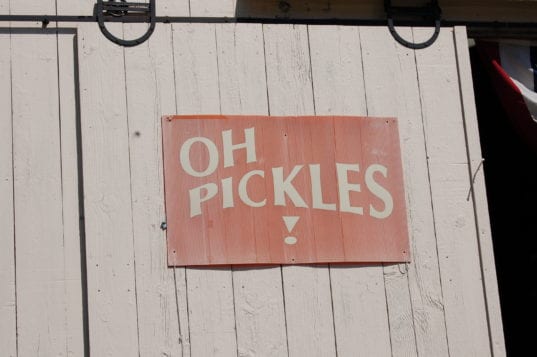
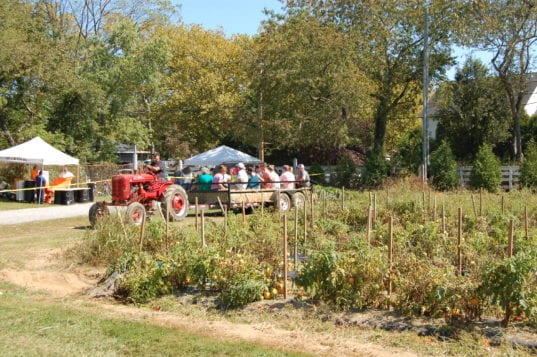

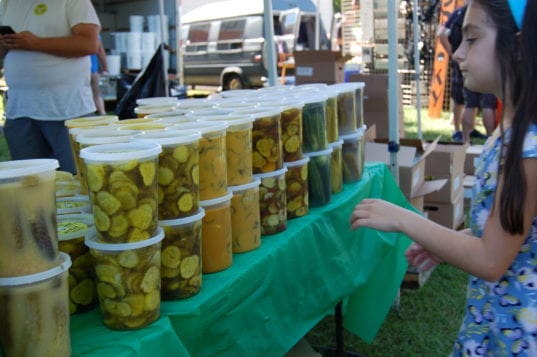
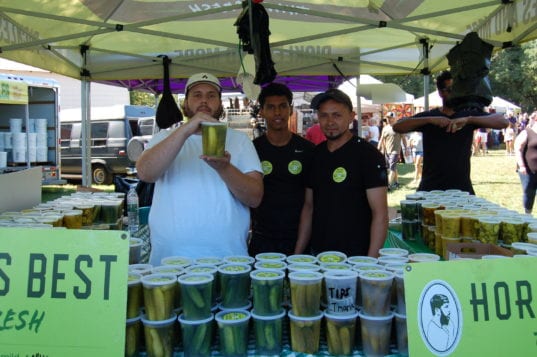
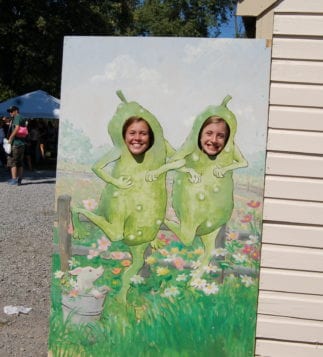



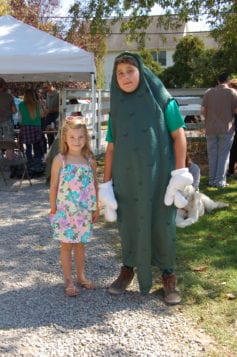
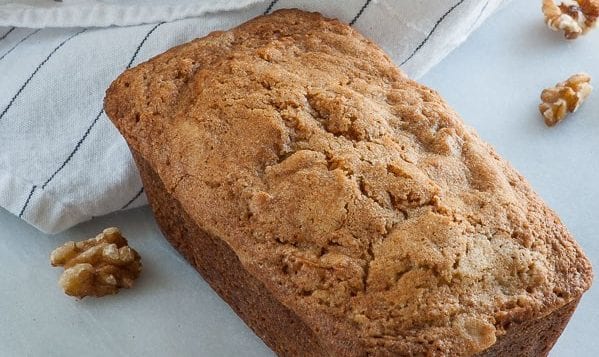
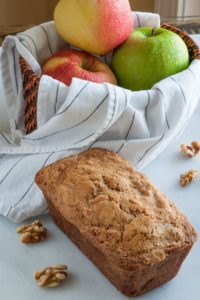
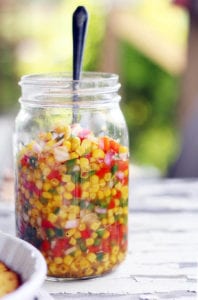
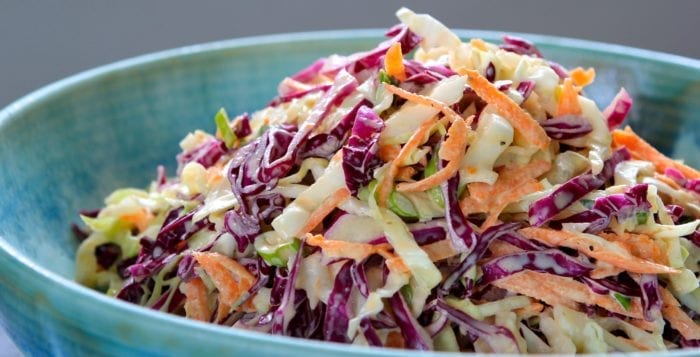
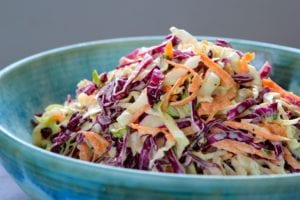
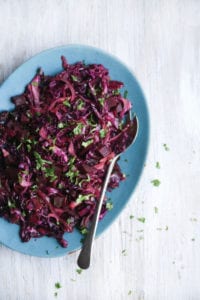
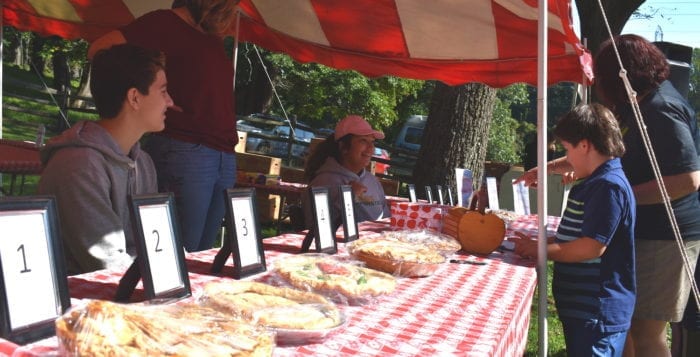
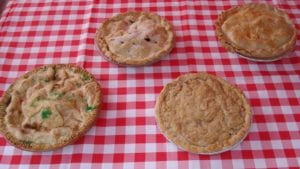 Contestants will have the chance to show off their favorite family recipes and participate in an old-fashioned blue ribbon competition during the event, which is sponsored by Preservation Long Island and Homestead Arts.
Contestants will have the chance to show off their favorite family recipes and participate in an old-fashioned blue ribbon competition during the event, which is sponsored by Preservation Long Island and Homestead Arts. 

